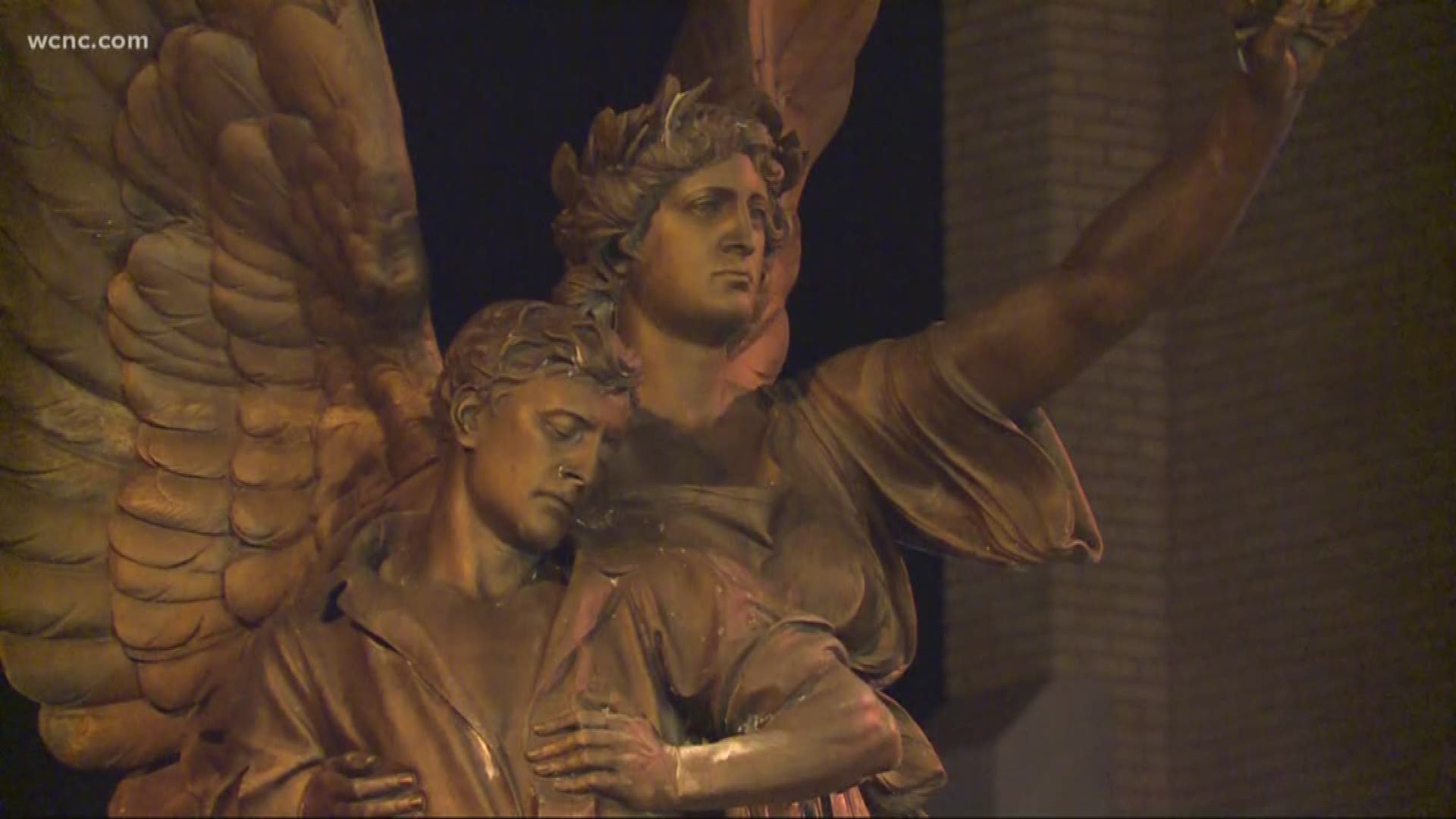CHARLOTTE, N.C. — As Americans across the country turned their sights to confront racial inequality in the wake of George Floyd’s death, confederate memorials came into view.
Confederate monuments and statues in Virginia, Indiana, Florida, and Alabama have either been defiled or removed completely.
“It does seem that there is a growing awareness about the work that these monuments do and the work that they were created to do,” said Adam Dr. Domby.
Dr. Domby is a historian, who wrote a book focusing on the civil war and confederacy in North Carolina, The Lost Cause.
Dr. Domby says confederate monuments have historically been tied to racial tension.
“These monuments tried to rewrite the past so that the confederacy could be seen as victorious,” Dr. Domby said. “What do you get from a statue of someone? You get that you’re supposed to look up to this person. You’re making a statement about who you celebrate.”
Dr. Domby says because the Confederate states wanted to continue the slavery of black people, the statues can send the message of white supremacy.
“These monuments sort of glorifying aspects of the past,” Dr. Domby said.
For some people, though, the confederate monuments simply represent part of who they are.
“Supporting my history, my heritage,” said a Virginia man standing at the foot of a confederate monument in the state, “my ancestors fought in Virginia.”
Whether the memorials stay or go, Dr. Domby says they’ll always remain part of American history.
“I don’t think we’re erasing history by removing them,” Dr. Domby said. “We’ve got plenty of photographs of them, we’re not going to suddenly forget the confederacy existed. I think there’s a difference between preserving the history and celebrating figures of the past.”
If statues are removed, Dr. Domby says it’s up to individual communities to decide where they go from there

